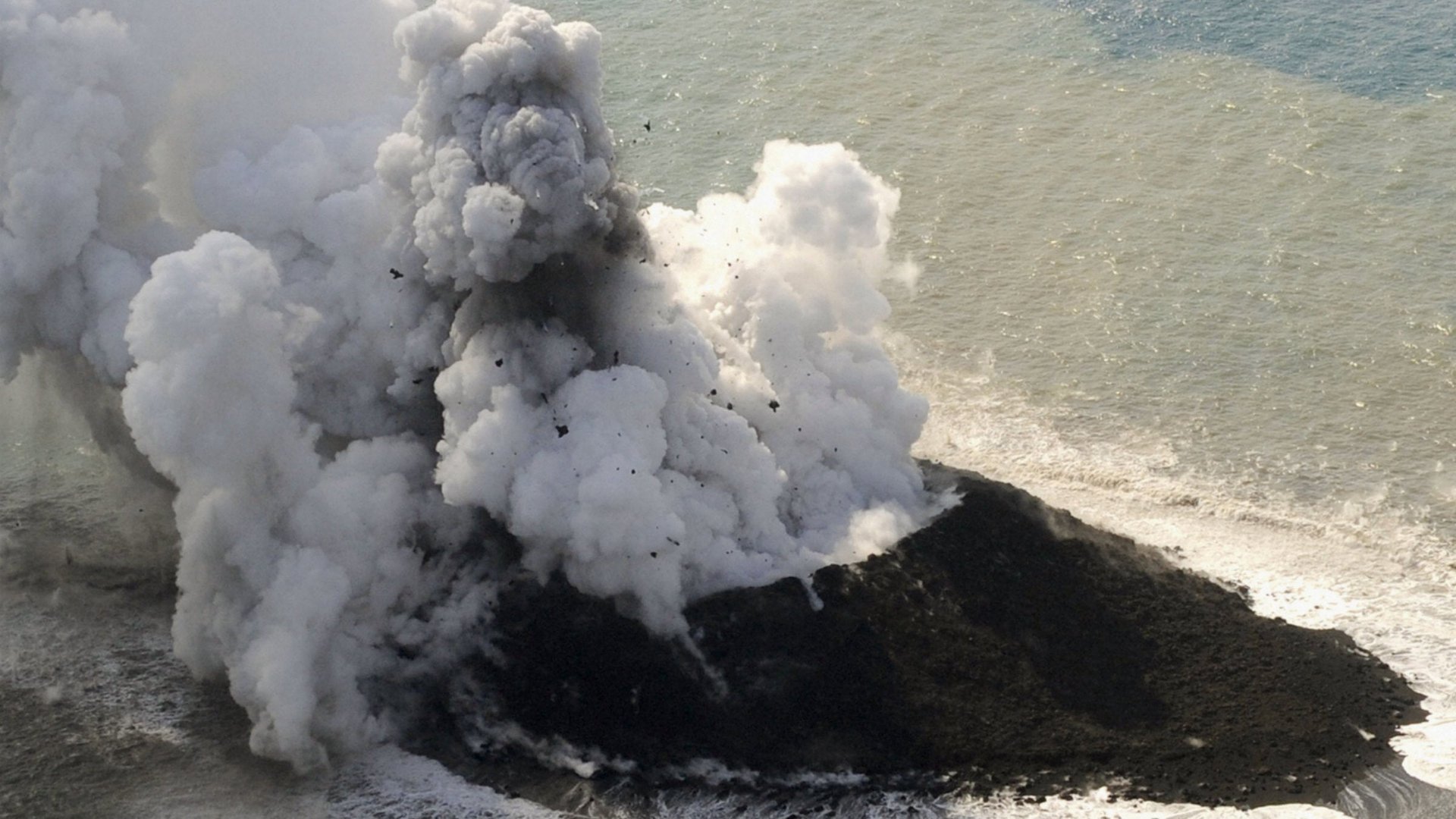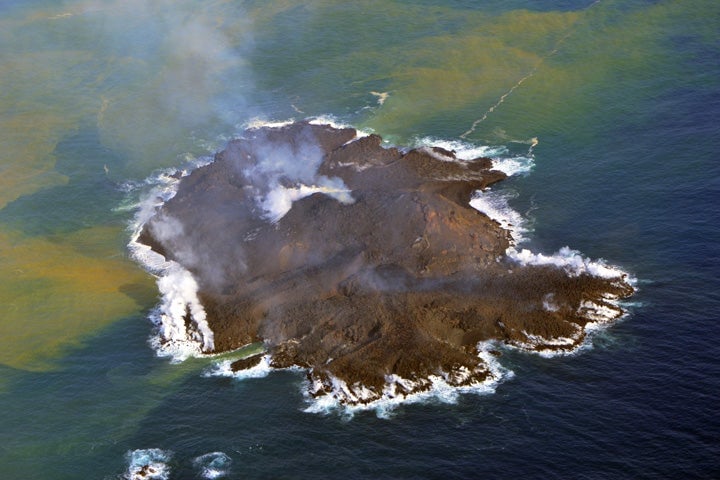That island that erupted off Japan’s coast last month isn’t just sitting there—it’s growing
Small islands created by undersea volcanos often slip back into the sea as they’re eroded by waves, or simply sink under their own weight. Not so, however, for Niijima, a new islet that sprung to life late last month off the coast of Japan—and has continued to grow ever since. New images from Nasa show the islet 600 miles south of Tokyo has grown to nearly 14 acres (56,656 square meters) and is standing tall, jutting some 65 to 80 feet above the water.


Small islands created by undersea volcanos often slip back into the sea as they’re eroded by waves, or simply sink under their own weight. Not so, however, for Niijima, a new islet that sprung to life late last month off the coast of Japan—and has continued to grow ever since. New images from Nasa show the islet 600 miles south of Tokyo has grown to nearly 14 acres (56,656 square meters) and is standing tall, jutting some 65 to 80 feet above the water.
Scientists at first thought little Niijima was destined to wash away like similarly formed volcanic islands in the Red Sea and off Pakistan. But the islet’s increasingly sizable dimensions indicate it isn’t going away anytime soon.

Indeed, the volcanic rumblings have continued, with rising steam visible in recent videos. ”We are still seeing a wisp of smoke and some ash coming from the islet, and occasionally there is lava belching forth, so the islet may grow even bigger,” Tomoyuki Kano, of Japan’s meteorological agency, told AFP. In fact, Niijima has a similarly resilient—and larger—neighbor less than half a mile away: a volcanic island called Nishino-shima, which last erupted in 1974.
Interestingly, Niijima’s birth comes against a backdrop of territorial tensions between Tokyo and Beijing over islands in the East China Sea. Though Niijima is clearly in Japanese waters, its emergence has led some Japanese ministers to joke about an expansion of the country’s territorial waters.